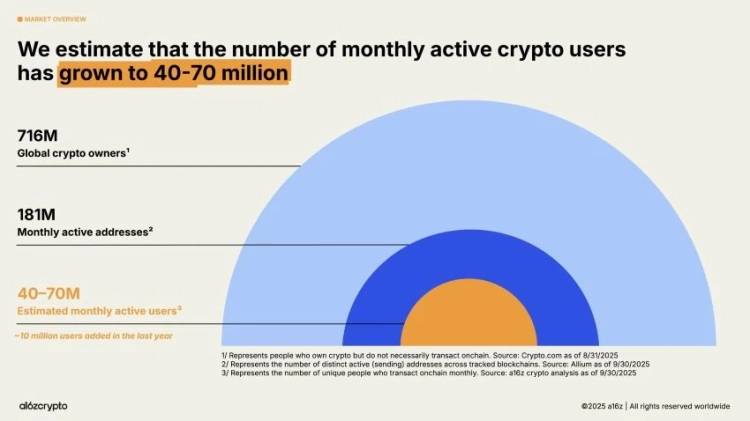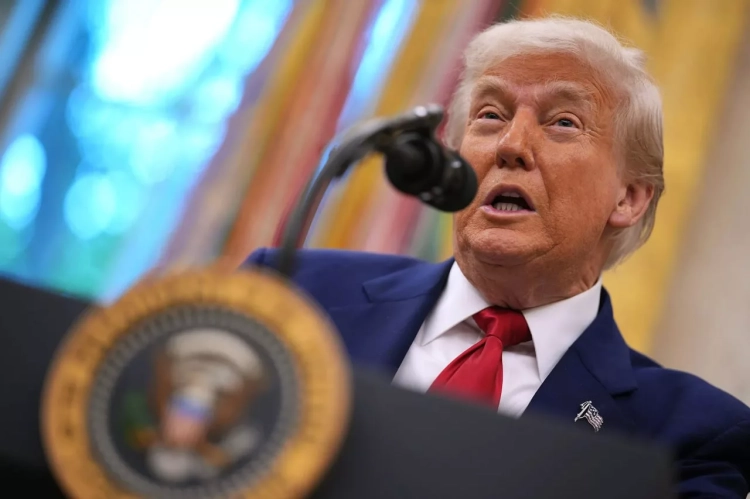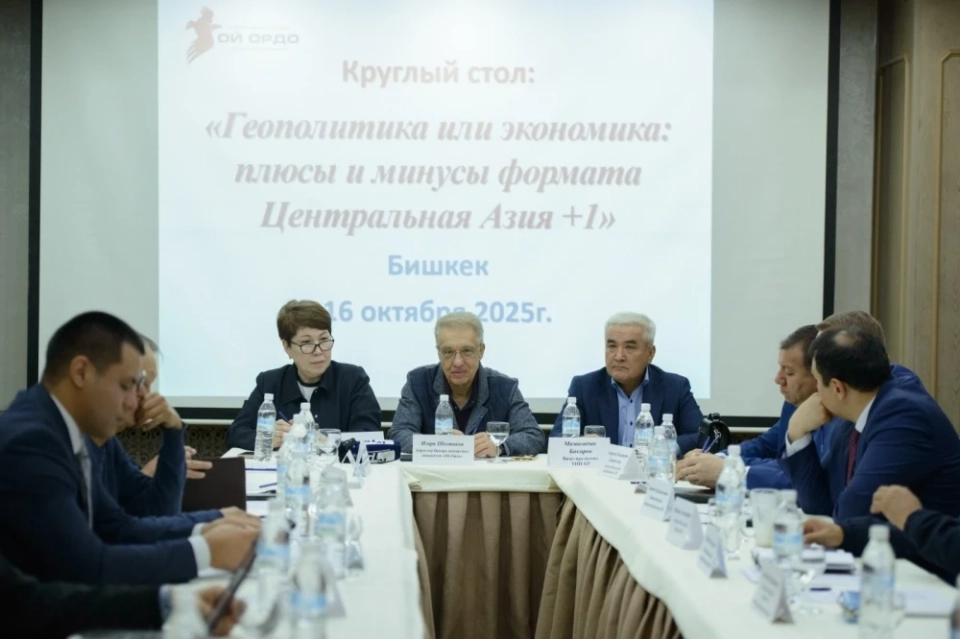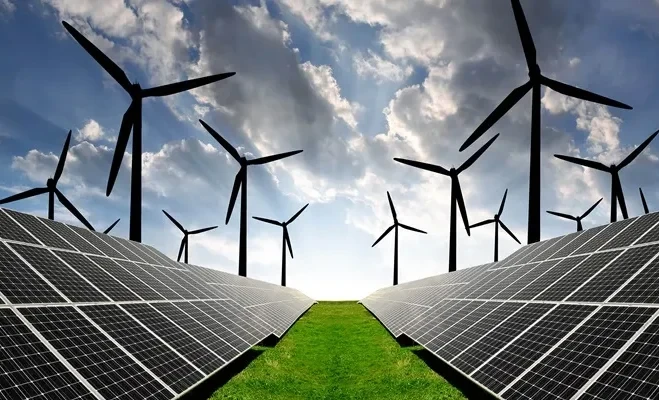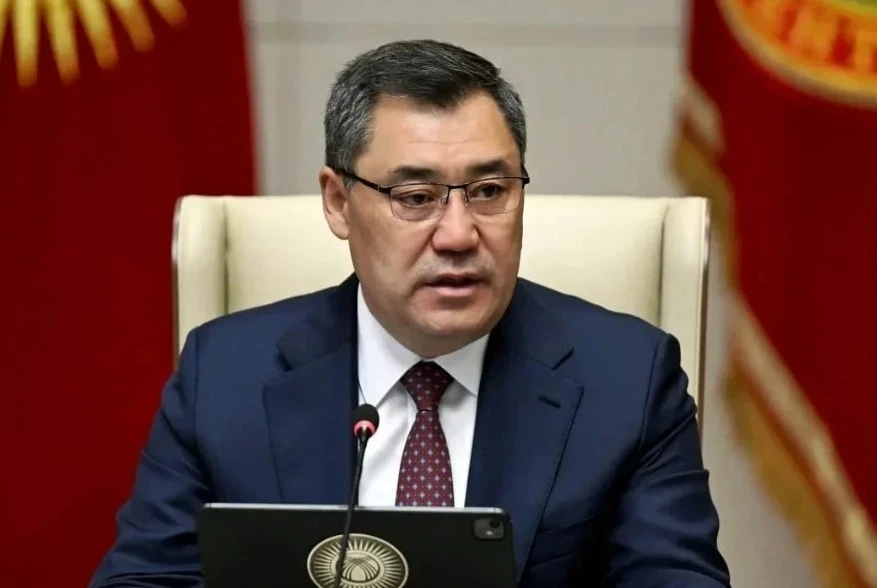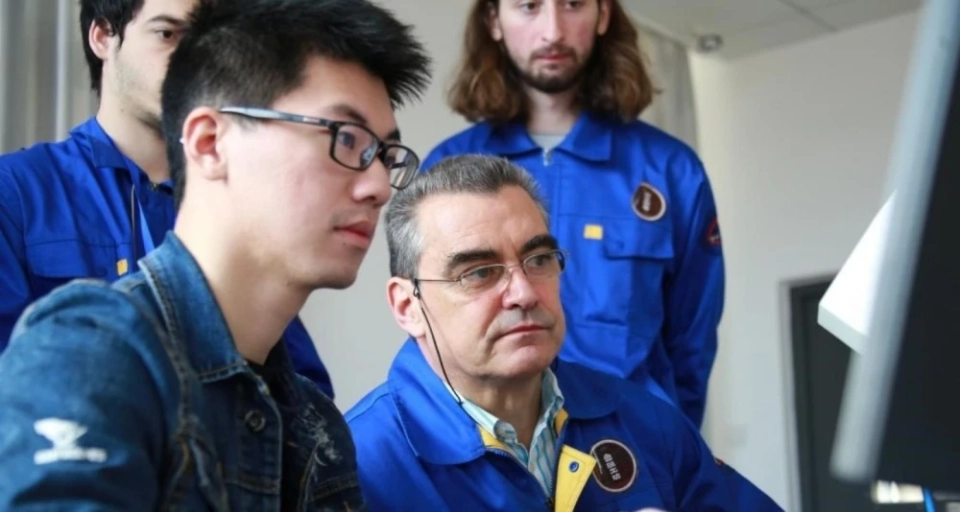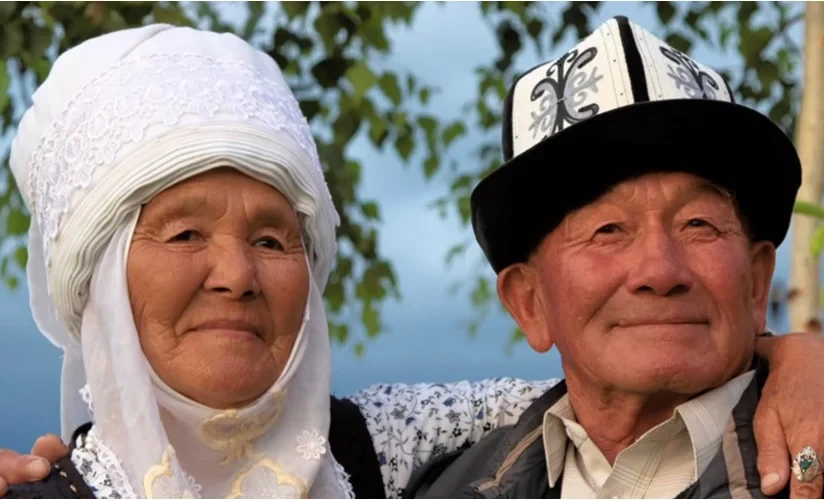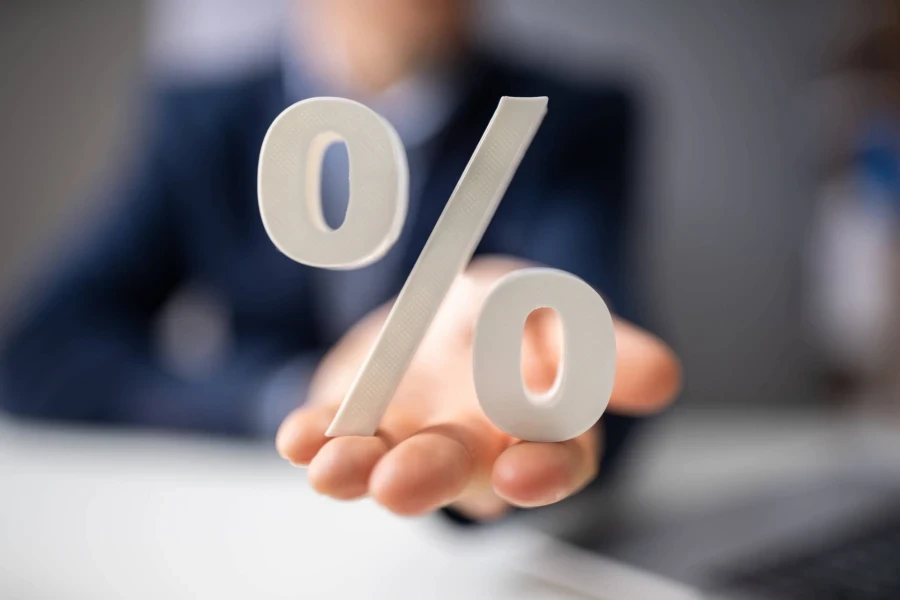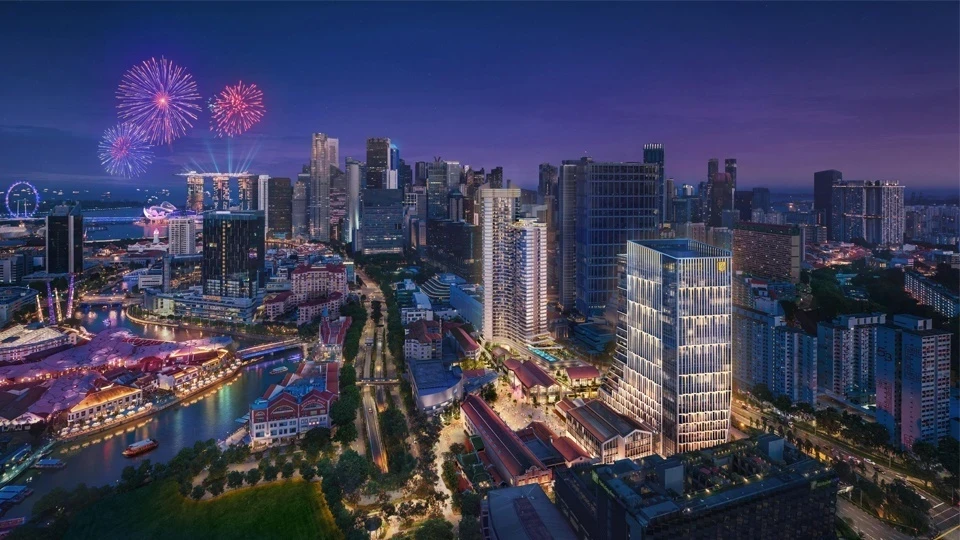
Leading economic analysts unanimously point to real estate as the optimal answer to this question, especially properties within multifunctional urban complexes of the "all-in-one" format. These projects represent models of sustainable development that set new trends on the international stage.
An image of the multifunctional city Union Square in Singapore.
Real estate has established itself as a "generational asset" that not only steadily accumulates value but also provides long-term profit, becoming a reliable place for investment and fostering confidence in the future.
Against the backdrop of economic upheavals, the end of the decade leading to 2025 has become a time of challenges: recovery from the COVID-19 pandemic is uneven, while geopolitical tensions, energy crises, and supply chain disruptions contribute to high inflation worldwide.
According to the World Bank report for the second quarter of 2025, over 70% of developing economies are showing growth below the average level of the past decade, while the global consumer price index has increased by 4.8% — the highest figure since 2008.
In light of these changes, investors are seeking new directions, shifting from high-risk instruments to real assets that provide reliability and stability.
Real estate is becoming a priority as a "reliable support" — an asset that allows for capital preservation and guarantees stable returns.
The highest growth is observed in the segment of integrated urban complexes "All-in-One," which reflect a new philosophy of life, combining work, leisure, and comfort in one space.
In Central Asia, this trend is particularly evident in Kyrgyzstan, which is rapidly becoming a new investment hub due to high urbanization and the growth of the middle class.
According to the report "Real Estate Market in Kyrgyzstan: Expert Interview" (Realting.com, 2024), housing prices in Bishkek have increased by 49.2% compared to 2022, with apartments rising by 30.7% and private houses by 25.3%.
This growth is considered exceptional even by the standards of developed countries and reflects real demand significantly exceeding supply.
According to the National Statistical Committee of Kyrgyzstan, by 2030, the population of Bishkek will reach 1.5 million people, while land resources in the central areas of the city are becoming increasingly limited.
The demand for housing, especially in modern areas with well-thought-out infrastructure, is becoming a key trend in the market. However, all-in-one format projects are virtually absent in Bishkek.
This vacuum creates excellent opportunities for strategic investors looking to invest in assets that will remain relevant and inheritable.
The concept of a "generational asset" has long entered common usage: these are real estate properties that have stable value and the ability to retain worth over many years.
If in the 20th century sustainability was associated with gold, in the 21st century this role is actively taken by real estate, especially integrated urban projects. As land resources are limited and demand continues to grow, this becomes evident.
According to a Knight Frank study (2024), over 27% of global investors view real estate as a means of transferring value to the next generation, and this figure is increasing annually.
Unlike volatile financial assets, real estate not only generates income but also provides emotional value, creating a legacy for future generations and ensuring stability for families.
For developing markets like Kyrgyzstan, real estate is becoming a "generational lever," aimed not only at profit generation but also at improving the quality of life of society and shaping the appearance of modern cities.
In this context, all-in-one format megaprojects become particularly attractive to investors due to their combination of stability, profitability, and sustainability.
All-in-One real estate is a generational asset, and a vivid example is the Royal Central Park project.
The All-in-One concept itself is not new, but with the development of modern society, it has transformed into a global trend.
The "multifunctional integrated development" format encompasses all the needs of residents: housing, work, education, leisure, and entertainment, harmoniously combined in one space.
The unique combination of living and investment values makes this format particularly appealing for housing.
In developed countries, the All-in-One format has proven its effectiveness, ensuring sustainable growth in real estate prices.
Complexes like the Gajoen Complex in Tokyo have become symbols of the "work-life balance" lifestyle, attracting international investors.
The IOTA Seoul I project in the center of Seoul showed a price increase of 1.8 times in just five years, while in Singapore, integrated projects like Victoria Dockside have become the "new standard of living."
In Russia, the homeownership rate reaches 95.3%, and Moscow continues to set records for sales of elite apartments in multifunctional residential complexes.
An image of the multifunctional city Russian Design District in Russia.
In Southeast Asia, particularly in Vietnam, there is a growing interest in the All-in-One format of large urban projects.
According to the Ministry of Construction of Vietnam, in 2024, more than 47,000 real estate transactions were registered in the country, with an absorption rate of 72%, and urban apartments accounted for three-quarters of the total transaction volume.
The homeownership rate in Vietnam consistently exceeds 90%, confirming the status of real estate as a primary investment and capital preservation tool.
Statista forecasts (2025) indicate that the volume of the real estate market in Vietnam will reach $47.59 billion due to the rapid development of comprehensively planned urban projects.
These figures highlight a clear trend: integrated urban real estate is becoming the "common language" of global investment.
Against this backdrop, the Royal Central Park (RCP) project — the first major all-in-one megaproject in Bishkek — is seen as the beginning of a new era in Kyrgyzstan's real estate sector.
Developed by RCA Living (a member of TNG Global Foundation, UK), Royal Central Park is designed as a "city within a city," where residents can enjoy all amenities within walking distance.
Images of Royal Central Park – the first all-in-one megaproject in Bishkek.
Royal Central Park includes 24,000 elite apartments, 766,000 m² of commercial space, a 55-story tower combining office and service spaces, as well as parks, artificial water bodies, schools, hospitals, hotels, and entertainment facilities.
The project is located in the new western center of Bishkek, which is defined by the master plan as the future administrative, business, and financial core of the city.
This strategic location not only promotes urban development but also ensures high potential for real estate price growth as infrastructure and urban services develop.
Royal Central Park stands out for its sustainable development philosophy: designing to international standards, using eco-friendly materials, and optimizing green spaces and energy-efficient solutions.
More than 70% of the project's territory is allocated for green areas and public spaces, including a central park of over 10 hectares, which is considered the largest "green lung" of Bishkek.
This is not just a residential complex, but a space that shapes a new lifestyle, where material and spiritual values harmoniously intertwine, and each apartment becomes part of a modern cultural community.
JLL forecasts (2025) indicate that the segment of integrated megaprojects in developing markets will demonstrate an average annual price growth of 20–30% over the next five years due to comprehensive planning and high real demand for housing.
Thus, Royal Central Park becomes not only a new symbol of Bishkek but also a true "generational asset" — a property that investors can confidently own and pass on its value over time.
Against the backdrop of limited investment options in Kyrgyzstan, such as an underdeveloped stock market and low deposit rates, all-in-one real estate like Royal Central Park becomes the optimal choice for long-term investments.
This is an asset that combines financial benefit and social significance — reliable, profitable, and sustainable over time.
In an era when true value is once again becoming a measure of success, owning real estate, especially in integrated complexes like Royal Central Park, is not just an investment decision but a manifestation of foresight and a clear understanding of the future.
A generational asset is not only a reliable refuge for capital but also the foundation for the prosperity of future generations, continuing the story of the dynamic development of modern Bishkek.
From Tokyo to Singapore, from Seoul to Bishkek — the "all-in-one" model is becoming a symbol of resilience and prosperity.
In this context, Royal Central Park represents not just a development project but a real vision for the future, a place where values are preserved, profits grow, and legacies are passed on to future generations.
Investing in real estate is not just about owning an asset; it is a conscious choice that allows for value preservation, income generation, and relevance over time.
Watch the video about the first all-in-one megaproject in Bishkek with the latest footage. Also, check out the video about Royal Central Park and new images of the The Essence quarter, which is set to launch in the fourth quarter of 2025.


